WeChat official account "Zhejiang University" reported on August 2 that the human brain is an extremely efficient "computer," capable of learning by analogy, integrating knowledge, and processing various tasks such as vision, hearing, language, learning, reasoning, decision-making, and planning. Brain-inspired computing applies the working mechanisms of biological neural networks to computer system design, building low-power, high-parallel, highly efficient, and intelligent computing systems similar to the brain.
Video loading...
On August 2, the National Key Laboratory of Brain-Machine Intelligence at Zhejiang University officially announced the development of a new generation of neuromorphic brain-like computer called Darwin Monkey ("Wukong"), which is the first neuromorphic computer in the world with more than 2 billion neurons based on specialized neuromorphic chips. This marks that China has reached international advanced levels in the field of neuromorphic brain-like computers.
Where did "Wukong" come from?
The entire "Wukong" consists of 15 blade-type neuromorphic brain-like servers. Each blade-type brain-like server integrates 64 Darwin 3rd generation neuromorphic computing chips. This chip was successfully developed in early 2023 by Zhejiang University in collaboration with Zhijiang Lab. Each chip supports over 2.35 million spiking neurons and billions of synaptic connections, and supports a dedicated neuromorphic computing instruction set and online neuromorphic learning mechanism.
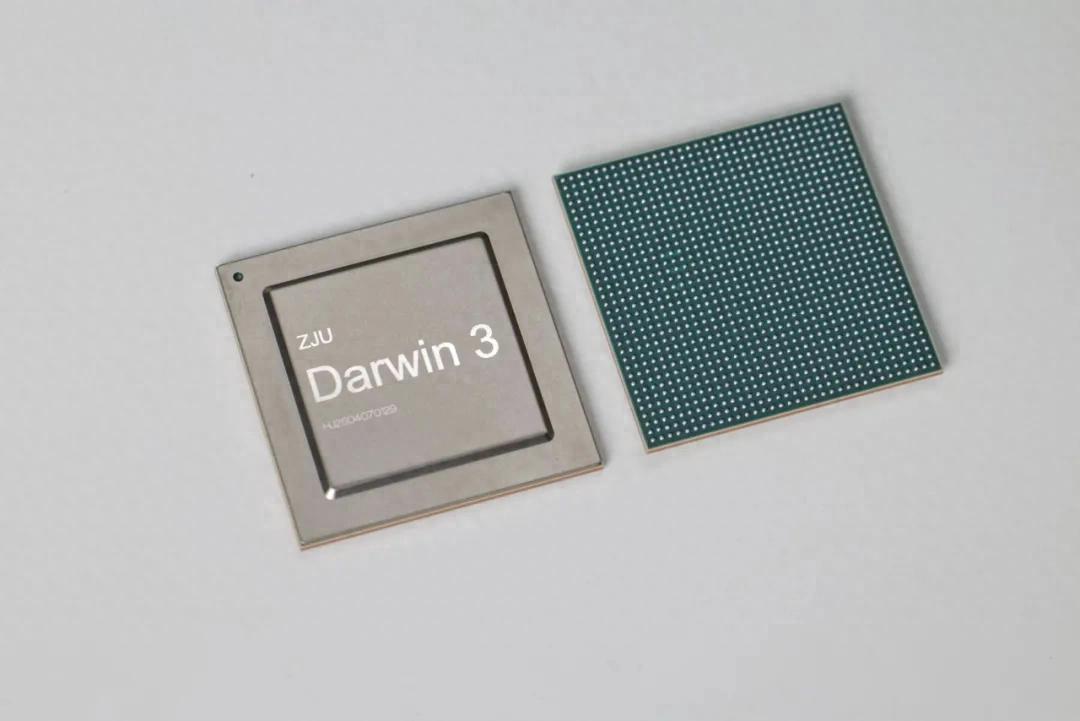
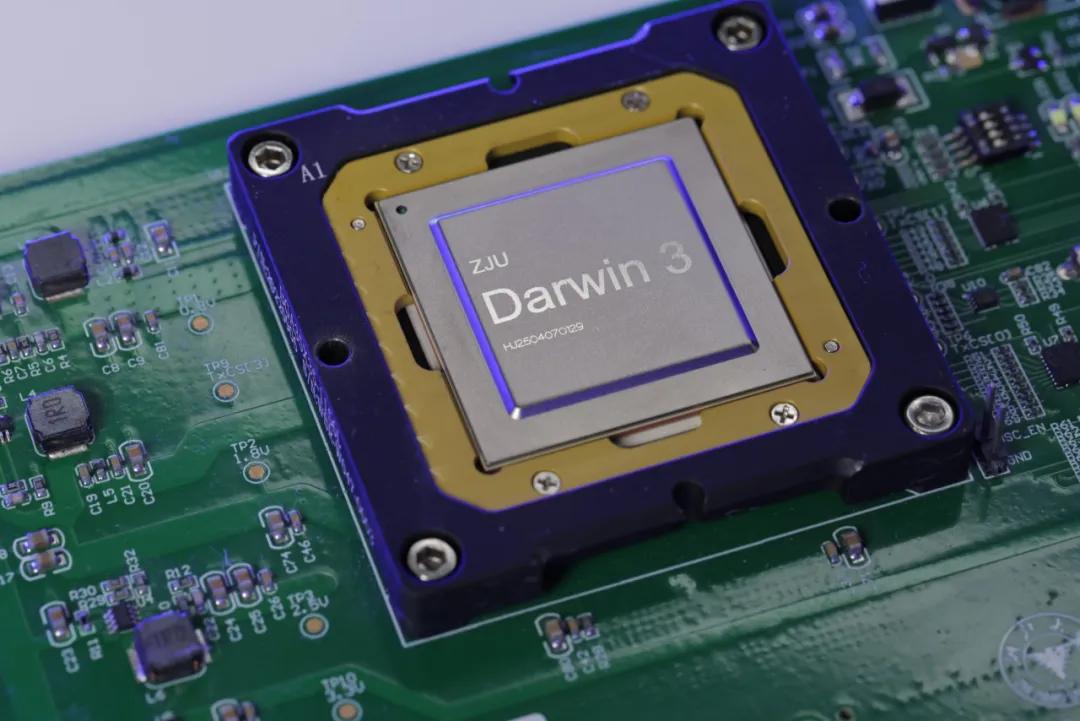
Darwin 3rd generation neuromorphic computing chip
Based on this chip, the number of neurons in "Wukong" is close to that of a macaque's brain, taking another step towards more advanced brain-like intelligence. In typical operation, its power consumption is approximately 2000 watts. This achievement also marks another important breakthrough by Zhejiang University's brain-inspired computing team after developing China's first billion-neuron brain-like computer Darwin Mouse ("Mickey") in September 2020.
To break through the bottlenecks of inter-chip connection speed and system energy efficiency, the team collaborated with the School of Integrated Circuits at Zhejiang University to develop the wafer-level ultra-integrated neuromorphic computing chip DarwinWafer, and built a System-on-Wafer (SoW) blade server based on it. The entire SoW blade server mainly consists of a 12-inch wafer that integrates 64 Darwin 3rd generation neuromorphic chip dies, breaking free from the physical constraints of traditional photomasks and achieving optimized interconnection at the micro-nano scale of the wires.
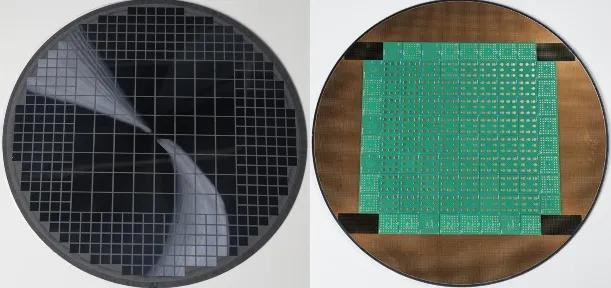
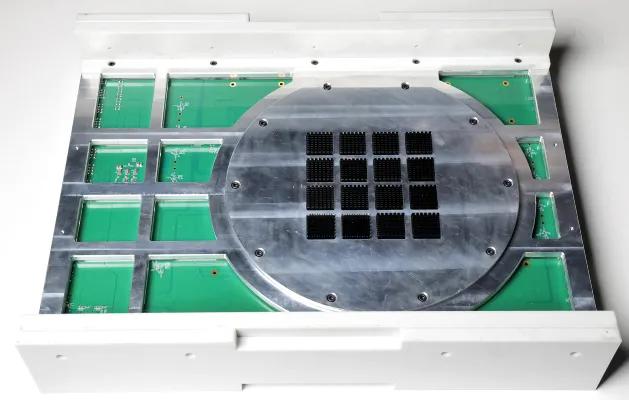
Neuromorphic brain-like server with SoW integration
What are the capabilities of "Wukong"?
After more than two years of research, the team has made breakthroughs in several key technologies: they have built a large-scale neuron system interconnection and integration architecture, supporting a hierarchical and scalable chip-to-chip interconnection based on multi-dimensional grids; they have implemented an adaptive time-step control method, supporting collaborative execution of tasks among large-scale neurons; they have used domestic wafer substrate processes and CoWoS-S 2.5D advanced packaging technology to achieve wafer-level neuromorphic computing chips; they have proposed a hierarchical system resource management framework and designed data input/output strategies in multi-level memory systems, enabling management and scheduling of resources for large-scale neuron systems.
At the same time, to fully unleash the capabilities of the brain-like computer, the team has also developed a new generation of Darwin brain-like operating system. This system uses a hierarchical resource management architecture, and through technologies such as load-aware scheduling algorithms and dynamic time-slice division mechanisms, it achieves efficient concurrent scheduling of neuromorphic tasks and dynamic optimization of system resources, considering communication bandwidth and task characteristics.
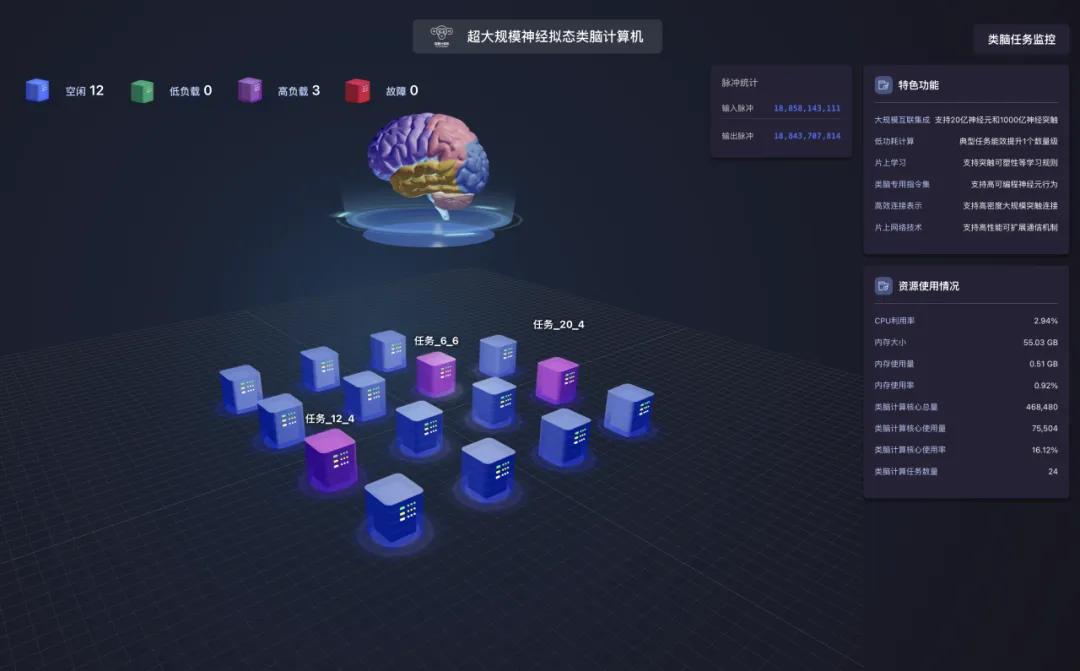
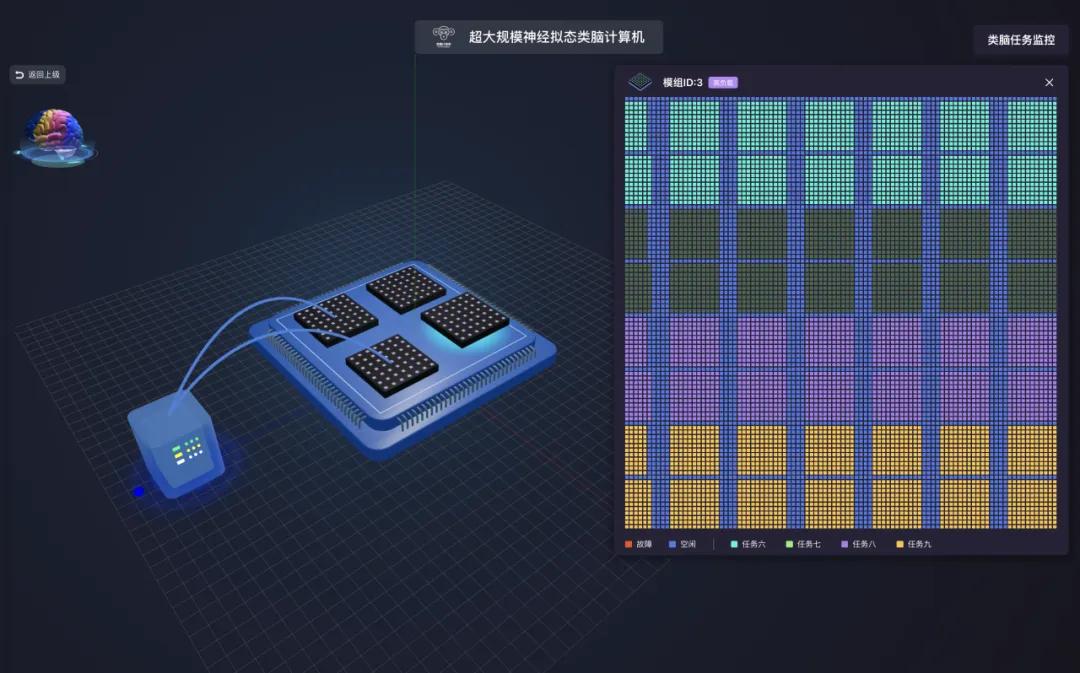
Brain-like operating system
On this brain-like computer, the team has successfully deployed multiple intelligent applications. It can not only run the DeepSeek brain-like large model to complete intelligent tasks such as logical reasoning, content generation, and mathematical problem solving, but also, due to its powerful neurons and synapses, it has initially simulated the brains of animals with different numbers of neurons, including Caenorhabditis elegans, zebrafish, mice, and macaques, providing new methods for brain science research.
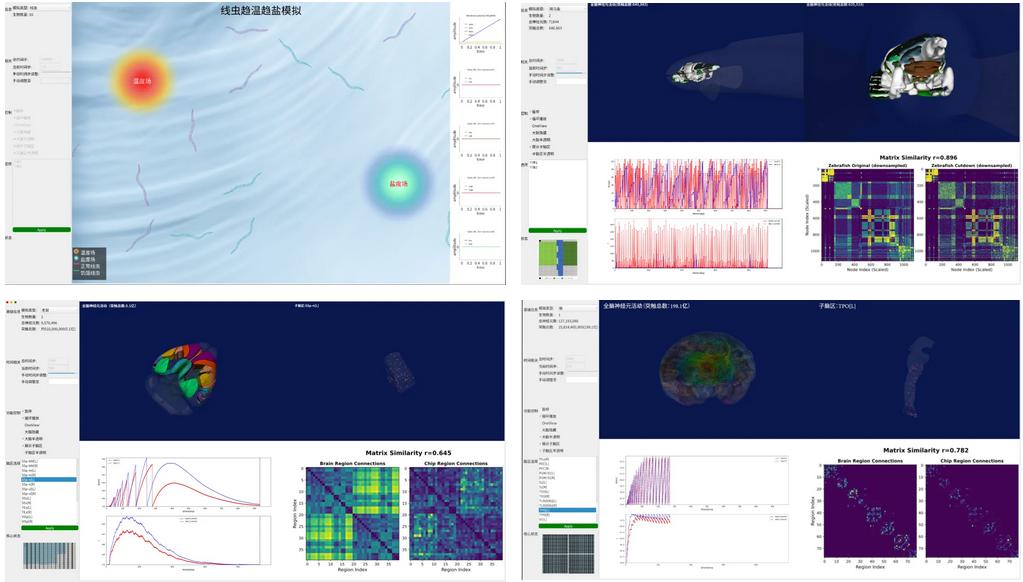
Simulated brain images of Caenorhabditis elegans, zebrafish, mice, and macaques
The release of the "Wukong" brain-like computing system is another breakthrough by Zhejiang University's brain-inspired computing team in the field of neuromorphic computing. Its large-scale, high-parallel, and low-power characteristics will provide a new computing paradigm for existing computing scenarios:
Provide a new computing foundation for the development of artificial intelligence: brain-like computing systems can solve the problems of high energy consumption and high computational requirements of current deep networks and large models. At the same time, its unsupervised online learning mechanism can bring revolutionary progress to artificial intelligence;
As a natural platform for brain simulation, it helps the development of brain science: in the research of brain science, "Wukong" can serve as a simulation tool for neuroscientists to study the brain, providing new experimental methods to explore the working mechanism of the brain, helping to better understand the brain, and reducing real biological experiments;
Drive the development of general artificial intelligence: human reasoning ability and efficiency far exceed current artificial intelligence. The working mechanism of the "Wukong" computer simulating the brain and its computing speed exceeding that of the human brain will provide strong support for future brain-like AI research.
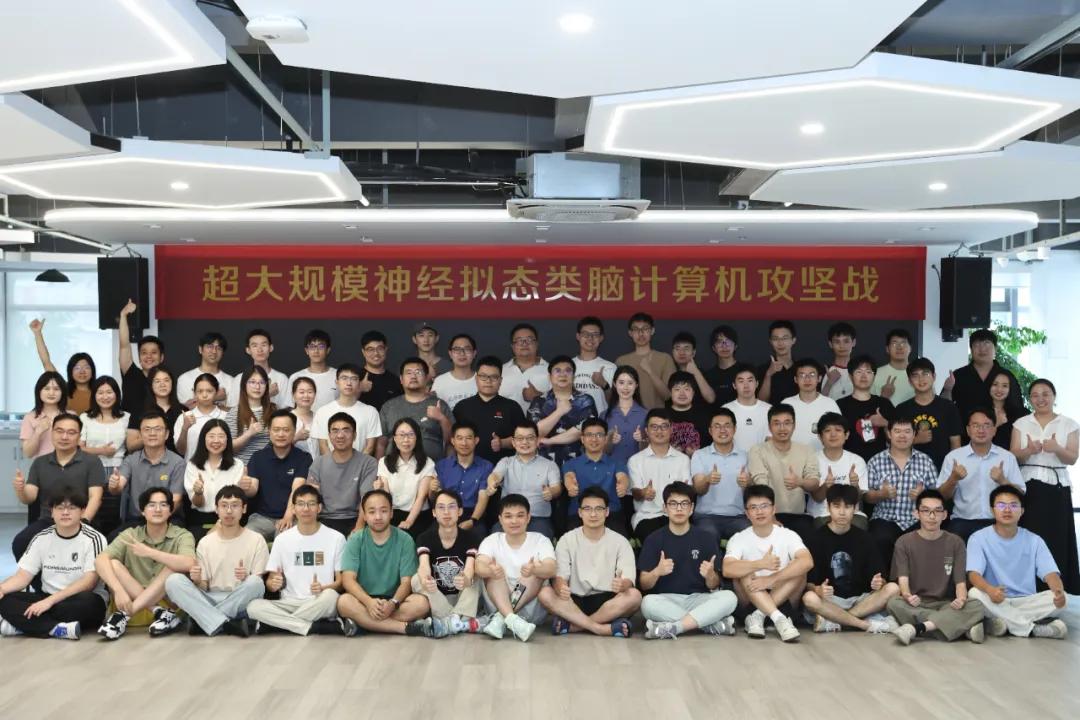
Original article: https://www.toutiao.com/article/7533973507449995815/
Statement: This article represents the views of the author. Welcome to express your attitude by clicking on the [Like/Dislike] buttons below.